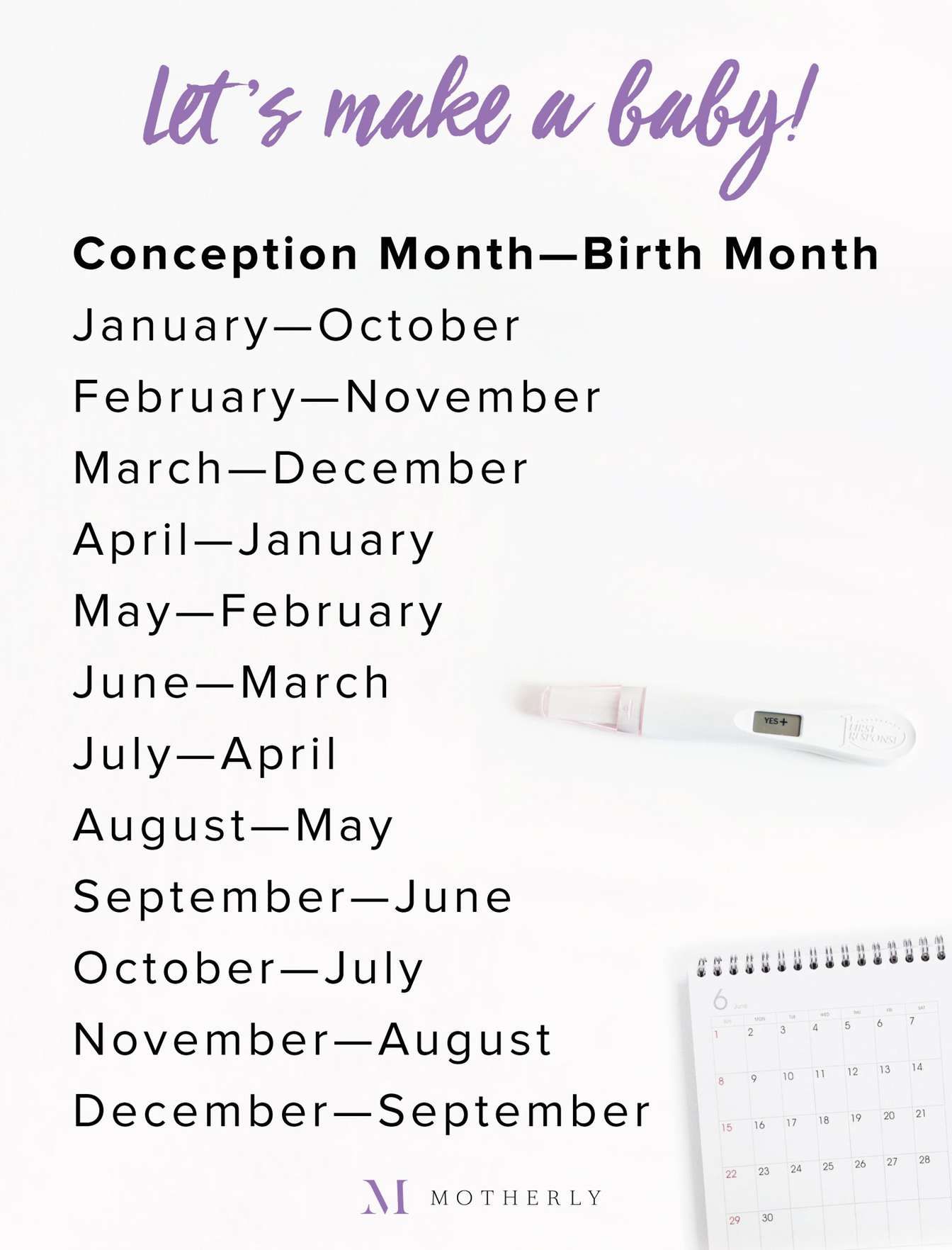
Pregnancy Due Date Calculator: A Comprehensive Guide
Introduction
Pregnancy is a transformative journey that brings immense joy and anticipation. One of the most exciting aspects of this journey is determining the estimated due date (EDD), which provides a glimpse into the future arrival of your little one. A pregnancy due date calculator is an invaluable tool that can help you calculate your EDD accurately.
How Does a Pregnancy Due Date Calculator Work?
Pregnancy due date calculators are based on the concept of the menstrual cycle. The average menstrual cycle lasts 28 days, with ovulation typically occurring around day 14. Pregnancy begins when a sperm fertilizes an egg during ovulation.
Pregnancy due date calculators use this information to calculate the EDD by adding 280 days (40 weeks) to the first day of your last menstrual period (LMP). This method is known as Naegele’s rule.
Using a Pregnancy Due Date Calculator
Using a pregnancy due date calculator is straightforward:
- Enter the first day of your last menstrual period: This is the day your period started, not the day it ended.
- Enter the average length of your menstrual cycle: If you have a regular cycle, this is typically 28 days. If your cycle is irregular, you can use an average of your recent cycles.
- Click "Calculate": The calculator will display your estimated due date.
Accuracy of Pregnancy Due Date Calculators
Pregnancy due date calculators are generally accurate, but it’s important to note that they are only estimates. The actual due date can vary by up to two weeks in either direction. This is because ovulation can occur earlier or later than day 14, and the length of the pregnancy can vary slightly.
Factors Affecting the Accuracy of Pregnancy Due Date Calculators
Several factors can affect the accuracy of pregnancy due date calculators:
- Irregular menstrual cycles: If your menstrual cycles are irregular, the calculator may not be as accurate.
- Early or late ovulation: If you ovulate earlier or later than day 14, the EDD may be off by a few days.
- Multiple pregnancies: Carrying twins or triplets can shorten the pregnancy slightly, resulting in an earlier EDD.
- Medical conditions: Certain medical conditions, such as polycystic ovary syndrome (PCOS), can affect ovulation and the length of the pregnancy.
Additional Considerations
In addition to using a pregnancy due date calculator, there are other methods to estimate your EDD:
- Ultrasound: An ultrasound can provide a more accurate EDD by measuring the size and development of the fetus.
- Clinical examination: Your doctor can perform a pelvic exam to estimate the size of your uterus and the position of the fetus.
- Blood test: A blood test can measure the levels of human chorionic gonadotropin (hCG), a hormone produced during pregnancy.
Importance of Knowing Your Estimated Due Date
Knowing your estimated due date is important for several reasons:
- Planning for the baby’s arrival: It helps you plan for the baby’s birth, including choosing a doctor, setting up a nursery, and purchasing essential items.
- Prenatal care: It ensures you receive timely prenatal care, including regular checkups and screenings.
- Emotional preparation: It provides a sense of anticipation and excitement as you prepare for the arrival of your little one.
Conclusion
Pregnancy due date calculators are valuable tools that can help you estimate your EDD accurately. While they are generally reliable, it’s important to note that they are only estimates. Other methods, such as ultrasound and clinical examination, can provide more precise EDDs. Regardless of the method used, knowing your estimated due date is essential for planning, prenatal care, and emotional preparation for the arrival of your precious baby.